Nanoepilation: how does it affect hair and skin?
Contents
Nanoepilation is a method of removing facial and body hair using a powerful keratolytic agent. A paste is prepared by mixing powder with distilled water, and its active ingredients dissolve any type of protein, including hair keratin. As a result, after applying the substance, you achieve perfectly smooth skin.
Additionally, the paste enhances the permeability of the epidermis and speeds up cell regeneration, which is why it is often used as a cleansing and exfoliating agent.
What should you know about nanoepilation?
The nanoepilation procedure is painless and safe if the specialist follows all the conditions for using the product, namely:
- The cream is applied for no more than 2-3 minutes;
- It should not be allowed to dry out or spread;
- A neutralizer must be applied after removing the paste;
- Soothing and moisturizing agents should be used.
This type of epilation is also known as alkaline epilation or alkaline peeling.
This method is used for fine and colorless hair, as even the most effective removal method—laser hair removal—does not affect them.
Advantages and disadvantages of nanoepilation
Like any salon procedure, nanoepilation has its pros and cons. Let’s briefly list them.
Advantages
The main advantage compared to other types of epilation and depilation is that the procedure is completely painless. Other benefits include:
- Hair can be shaved or plucked after the procedure;
- It removes hair of any color and texture;
- Skin condition improves due to exfoliation and accelerated regeneration;
- It can be used on any skin area except the deep bikini area;
- Besides hair removal, you also get a peeling effect.
In salons, this product is also used to get rid of ingrown hairs.
 Disadvantages of Nanoepilation
Disadvantages of Nanoepilation
The procedure is performed on long, grown-out hair, and while they grow out before the session, you may feel discomfort.
If used incorrectly or if the specialist is unaware of the nuances of the procedure, you may get burns on your skin.
The product must not come into contact with mucous membranes, so sensitive areas, such as the bikini area, should not be treated.
Two weeks before and two weeks after the procedure, it is not advisable to sunbathe or visit a tanning salon.
Contraindications
Nanoepilation has the following restrictions:
- Severe inflammatory processes on the skin;
- Individual intolerance to the components;
- Psoriasis, eczema, herpes;
- Keloid scars;
- Couperosis.
Nanoepilation is also incompatible with laser hair removal—a minimum break of 2 weeks is needed between procedures.
 Alternatives to Nanoepilation
Alternatives to Nanoepilation
Nanoepilation is beneficial in that it leaves the skin smooth, pores are cleansed of oil and other impurities, inflammation is reduced, and blood vessel tone is improved.
However, as far as hair is concerned—they grow back quickly, and the procedure needs to be repeated.
If you want to remove dark or light hair that has even a little pigment, it’s better to opt for a more reliable method.
We’re talking about laser hair removal:
- First, it removes hair for a long time;
- Second, you don’t need to grow out your hair to prepare for the procedure;
- Third, you can tan regardless of the season or session timing.
As for our dynamic laser—it is also completely painless.
Come and see how pleasant hair removal can be: at LaserVille salons, we have specialists with medical backgrounds, you are always offered a choice of hot or cold beverages, and everything related to hair removal from your body is explained to you with care.
Client care and effective hair removal are our priorities.

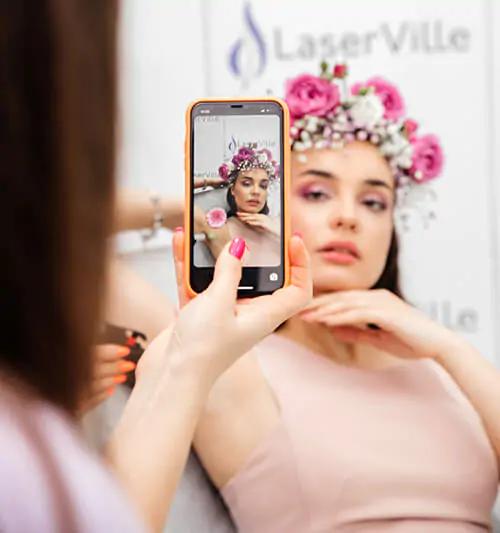

 Disadvantages of Nanoepilation
Disadvantages of Nanoepilation Alternatives to Nanoepilation
Alternatives to Nanoepilation



















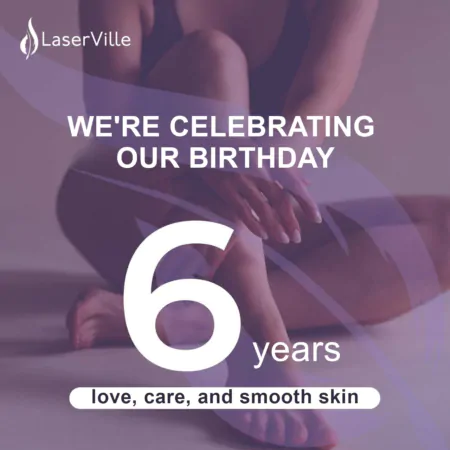
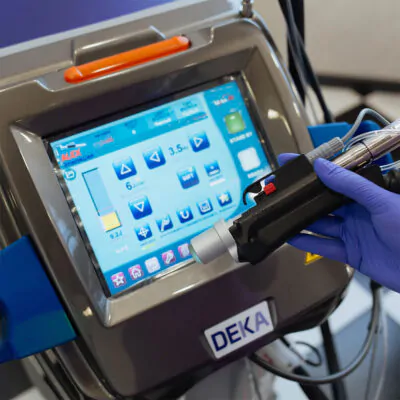

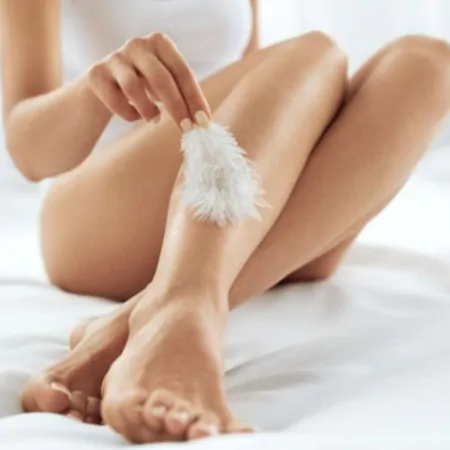
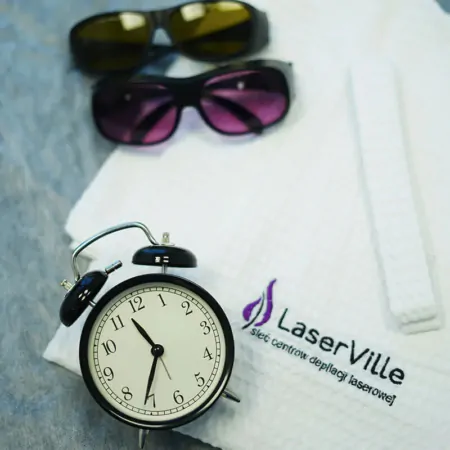




No reviews